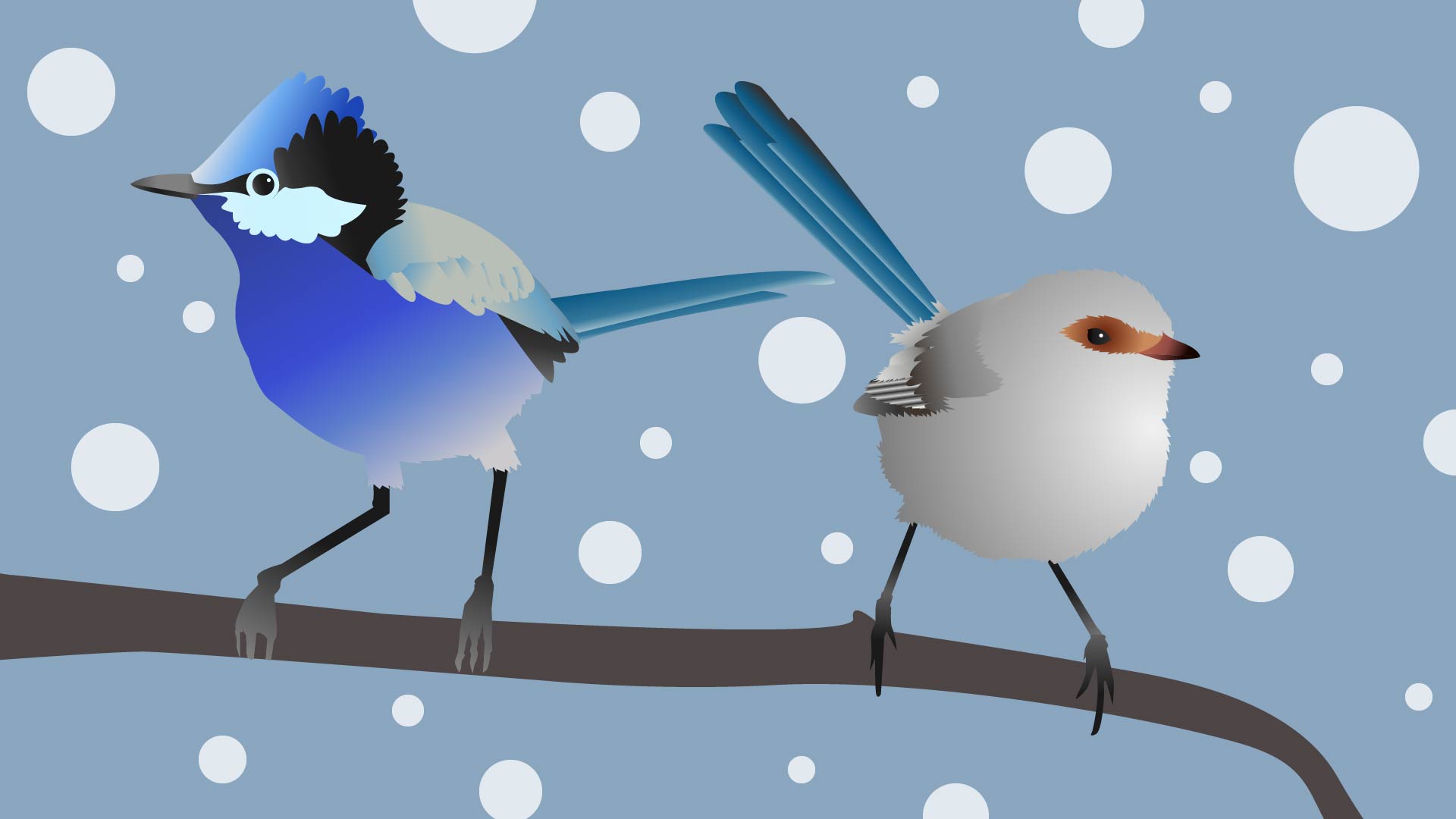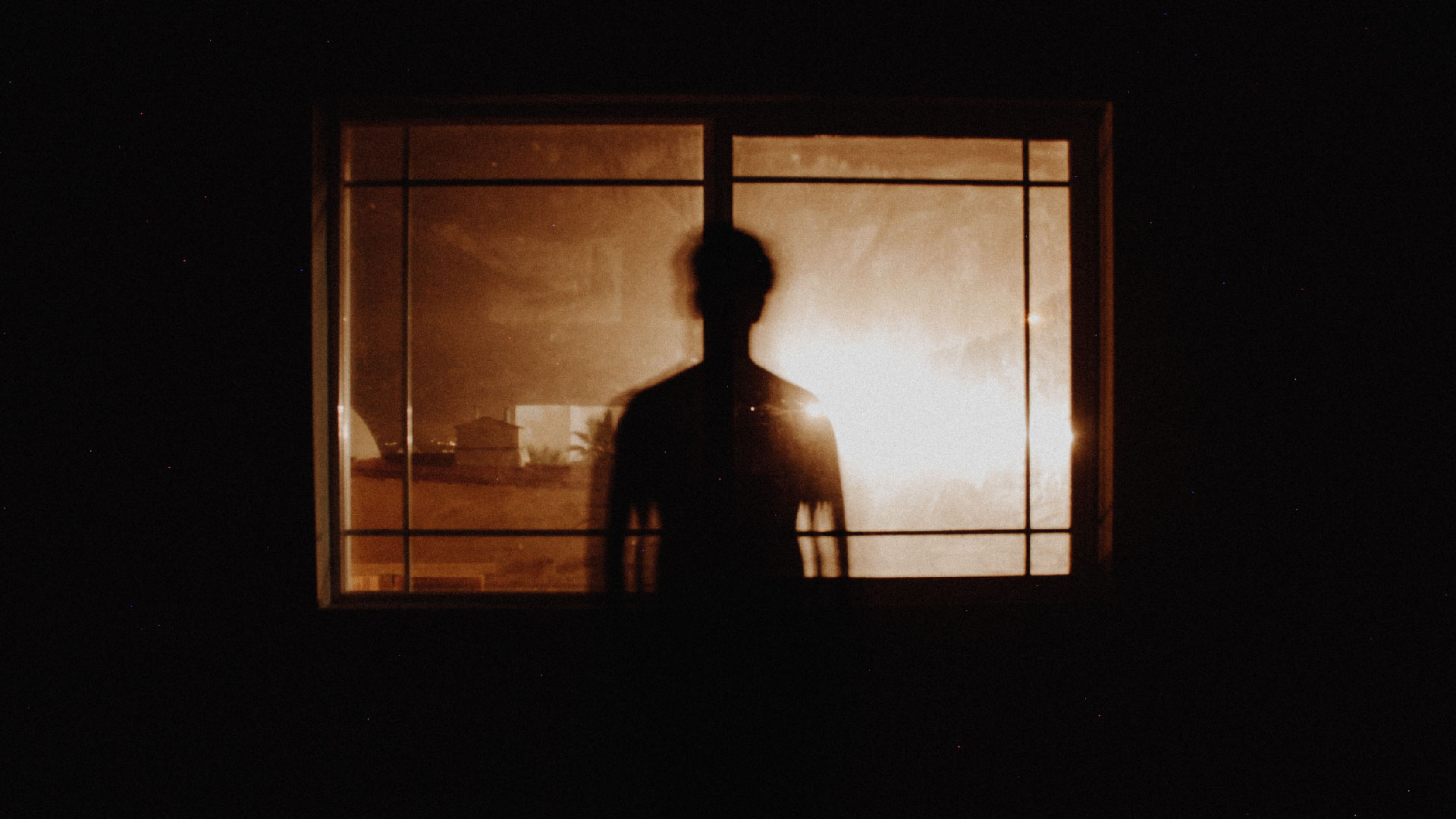It is said that the peacock’s tail gave Darwin nightmares. Why females prefer males with more elaborate plumage (that make them more conspicuous to predators) was one of the most heavily debated questions in evolutionary biology for decades. But a related question has only recently started getting attention in the field. In many species, females also have elaborate traits. Is it just a consequence of sexual selection by females trickling into the female gene pool? Or do males also prefer showy partners for some reason?
A study by Ana Leitão et al. investigated the function of plumage colour in the lovely fairy-wren using field observations and population genetics. The fairy-wrens are monogamous birds that jointly rear hatchlings. Both the male and female lovely fairy-wrens have bright plumage colours that varies from individual to individual. Specifically, the researchers studied what the plumage was a signal of, in the mating context.
To do this, a population in Far North Queensland was monitored from 2013 to 2017. DNA was extracted from individuals to track the paternity of nestlings (there is a high degree of extra-pair paternity). Nesting behaviour and parenting behaviour including nest building and food provisioning was monitored. The plumage of each individual was profiled – qualitative differences in colour within the population and quantitative measures of reflectance of plumage (using spectrometer) were recorded.
“Females with more colourful cheek patches paired with males who also had bluer cheeks….
…. Taken together, our findings suggest that plumage colour signals parental quality and is important in mate choice.”
Researchers found that more colourful males and females lavished more care on nestlings. Moreover, they observed that these birds paired assortatively by plumage colour, meaning that plumage colour is a signal of parental quality and not individual fitness per se. Read more about the study here.








